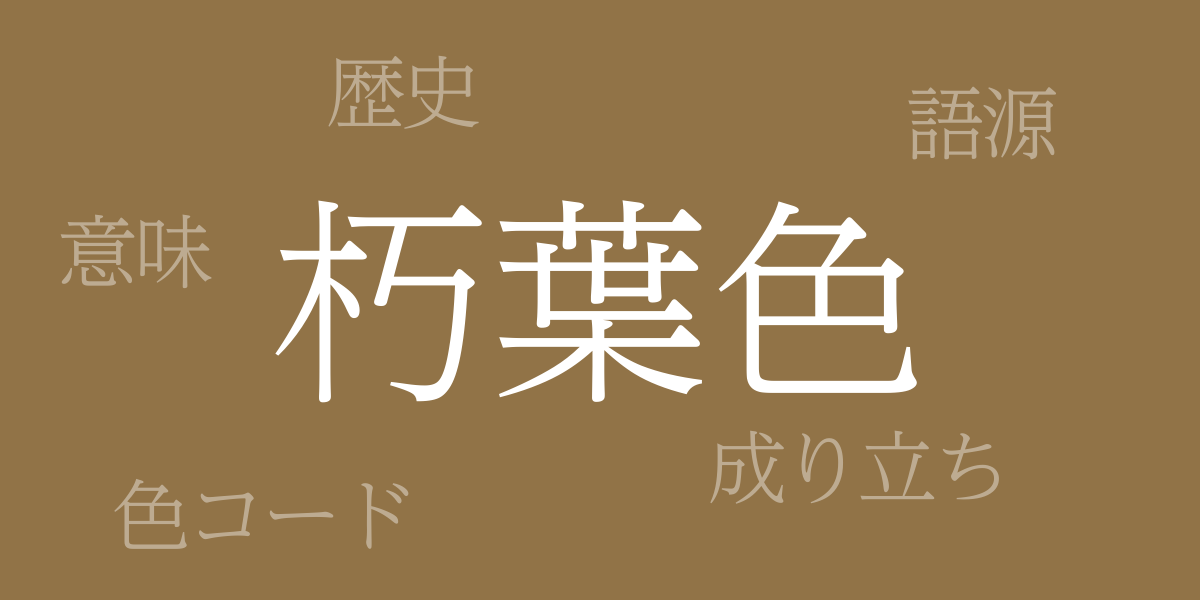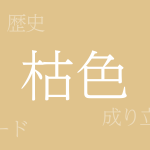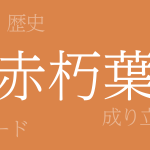The deepening of autumn is symbolized by the color “Kuchibairo” (朽葉色 – くちばいろ). This warm brown shade, reminiscent of decaying leaves returning to the earth, is one of Japan’s traditional colors that evokes the essence of the Japanese seasons. This article delves into the allure of Kuchibairo, exploring its historical background, color code, and its Western name. Let’s step into the profound world of Kuchibairo.
About Kuchibairo (朽葉色 – くちばいろ)
Kuchibairo (朽葉色 – くちばいろ) represents the color of leaves as they transform over time, a traditional Japanese hue that captures the subtle, muted brown of nature’s cycle. This distinctive, dusky brown not only reflects the transient nature of seasons but also creates a serene atmosphere. It is widely used in fashion, design, and art, particularly when incorporating a touch of Japanese aesthetic.
The History of Kuchibairo
Kuchibairo has been rooted in Japanese life since the Heian period. It has been celebrated in classical Japanese poetry and haiku, intertwining deeply with the Japanese sensibility and seamlessly integrating into the culture. It was also used in the garments of samurai and nobles, symbolizing the cherished seasonal beauty of traditional Japan and has continued to be beloved over the centuries.
Color Code of Kuchibairo
To replicate Kuchibairo in digital design and web production, an accurate color code is essential. Here are the details:
- HEX: #917347
- RGB: R:145 G:115 B:71
- CMYK: C:50 M:57 Y:80 K:4
Western Name for Kuchibairo
The Western name for Kuchibairo is “Russet.” Russet refers to a reddish-brown color reminiscent of autumn leaves and ripe fruit. This hue, which evokes calmness and warmth, is frequently used in interior and fashion designs.
Summary on Kuchibairo
Kuchibairo, true to its name, symbolizes the color of fallen leaves and is a traditional Japanese color. It has been cherished through history and used in various cultural expressions. Knowing its color code enables its use in design and art. Additionally, understanding its Western name, Russet, facilitates communicating its beauty in international contexts. Kuchibairo represents the fusion of nature’s beauty with Japanese tradition and will continue to be cherished by many in the future.

























